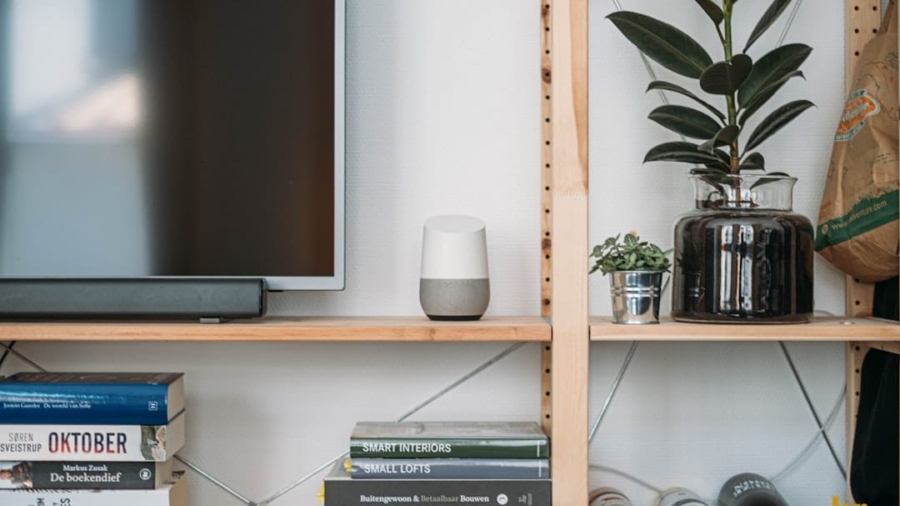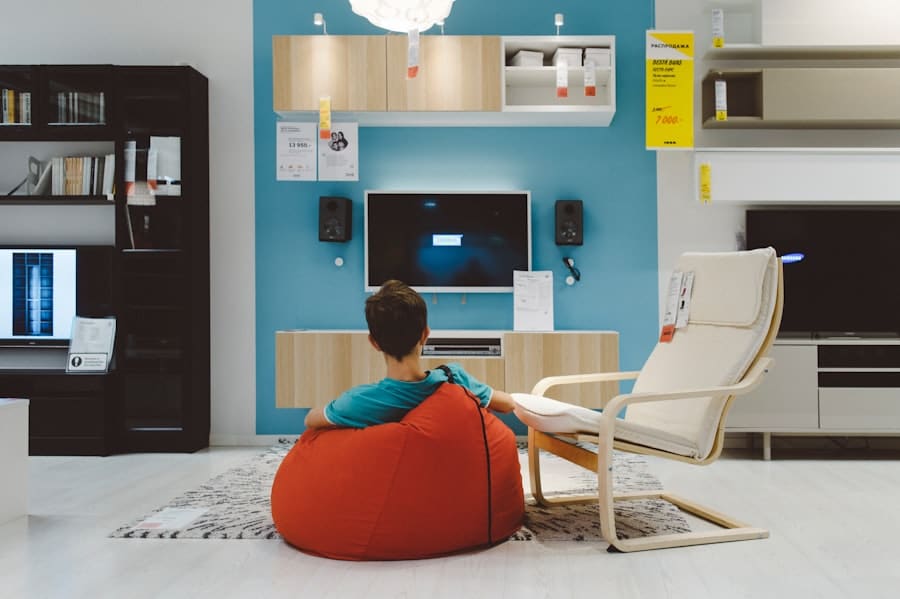The advent of smart home technology has revolutionized the way individuals interact with their living spaces, offering unprecedented convenience and efficiency. However, this technological evolution has also raised significant concerns regarding privacy and data security. Privacy by Design (PbD) is a framework that seeks to address these concerns by embedding privacy considerations into the design and operation of smart home platforms from the outset.
This proactive approach ensures that privacy is not merely an afterthought but a foundational element of the technology itself. As smart home devices become increasingly integrated into daily life, understanding and implementing PbD principles is essential for both developers and consumers. Privacy by Design emphasizes the importance of anticipating and mitigating privacy risks before they manifest.
In the context of smart home platforms, this means considering how data is collected, stored, and shared right from the initial design phase. With devices such as smart speakers, thermostats, and security cameras continuously collecting data about users’ habits and preferences, the potential for misuse or unauthorized access to sensitive information is significant. By adopting PbD principles, developers can create systems that not only comply with legal requirements but also foster trust among users, ultimately leading to greater adoption of smart home technologies.
Key Takeaways
- Privacy by Design is a concept that promotes the integration of privacy and data protection into the design and operation of smart home platforms from the outset.
- Privacy is crucial in smart home technology to protect sensitive personal information and prevent unauthorized access to devices and data.
- Key principles of Privacy by Design in smart home platforms include proactive measures, end-to-end security, and user-centric control over personal data.
- Examples of smart home platforms implementing Privacy by Design include Apple HomeKit, Google Nest, and Amazon Alexa, which prioritize user privacy and data protection.
- Challenges in implementing Privacy by Design in smart home platforms include balancing convenience with privacy, ensuring transparency in data collection and usage, and addressing potential security vulnerabilities.
The Importance of Privacy in Smart Home Technology
As smart home devices proliferate, the importance of privacy cannot be overstated. These devices often collect vast amounts of personal data, including information about users’ daily routines, preferences, and even biometric data. For instance, a smart thermostat learns a user’s heating preferences over time, while smart security cameras may capture video footage of family members and visitors.
This data can be incredibly valuable, not just for improving user experience but also for potential misuse if it falls into the wrong hands. Moreover, the interconnected nature of smart home ecosystems amplifies privacy concerns. A single compromised device can serve as a gateway to an entire network of connected devices, leading to broader vulnerabilities.
For example, if a hacker gains access to a smart lock, they may also be able to infiltrate other devices linked to the same network, such as security cameras or smart lights. This interconnectedness necessitates robust privacy measures that protect not only individual devices but also the entire ecosystem in which they operate.
Key Principles of Privacy by Design in Smart Home Platforms
The principles of Privacy by Design are built around seven foundational concepts that guide the development of privacy-centric technologies. These principles include proactive not reactive; privacy as the default setting; privacy embedded into design; full functionality; end-to-end security; visibility and transparency; and respect for user privacy. Each principle plays a crucial role in shaping how smart home platforms can effectively safeguard user data.
Proactive not reactive emphasizes the need for developers to anticipate potential privacy issues before they arise. This involves conducting thorough risk assessments during the design phase and implementing measures to mitigate identified risks. For instance, developers might incorporate encryption protocols to protect data transmitted between devices and cloud services.
Privacy as the default setting ensures that users do not have to take additional steps to protect their information; instead, their data should be automatically safeguarded unless they choose otherwise. Privacy embedded into design means that privacy features are integrated into the technology itself rather than being added as an afterthought. This could manifest in user-friendly interfaces that allow individuals to easily manage their privacy settings or in features that limit data collection to only what is necessary for functionality.
Full functionality ensures that privacy measures do not hinder the usability of devices; users should be able to enjoy the benefits of smart technology without sacrificing their privacy.
Examples of Smart Home Platforms Implementing Privacy by Design
Several smart home platforms have begun to embrace Privacy by Design principles, demonstrating a commitment to user privacy while still delivering innovative features. One notable example is Apple’s HomeKit platform, which emphasizes end-to-end encryption for data transmitted between devices. This means that even if data is intercepted during transmission, it remains unreadable without the appropriate decryption keys.
Additionally, Apple has implemented strict guidelines for third-party developers, ensuring that any apps or devices integrated with HomeKit adhere to high privacy standards. Another example is Google Nest, which has made strides in enhancing user control over data collection and sharing.
Google has also introduced transparency reports that inform users about how their data is used and shared, fostering trust through visibility and accountability.
Challenges and Considerations in Implementing Privacy by Design in Smart Home Platforms
Despite the clear benefits of implementing Privacy by Design principles, several challenges persist in the development of smart home platforms. One significant hurdle is the complexity of integrating privacy features without compromising functionality. Developers must strike a delicate balance between providing robust privacy protections and ensuring that devices remain user-friendly and efficient.
For instance, overly stringent privacy settings may frustrate users who expect seamless interactions with their devices. Another challenge lies in the rapidly evolving landscape of technology and regulations. As new threats emerge and consumer expectations shift, developers must remain agile in adapting their privacy practices.
This requires ongoing investment in research and development to stay ahead of potential vulnerabilities and ensure compliance with changing legal frameworks. Additionally, educating consumers about their privacy rights and available protections is crucial; many users may not fully understand how their data is collected or how to manage their privacy settings effectively.
The Role of Regulation and Standards in Ensuring Privacy by Design in Smart Home Platforms
GDPR: A Benchmark for Data Protection
GDPR mandates that organizations implement measures such as data minimization and user consent mechanisms, which align closely with PbD principles. This legislation has set a high standard for data protection, and companies must comply with its requirements to ensure the privacy of their users.
Industry Standards: Guiding Principles for Developers
In addition to regulations like GDPR, industry standards can provide valuable guidance for developers seeking to implement Privacy by Design effectively. Organizations such as the Internet Engineering Task Force (IETF) and the International Organization for Standardization (ISO) have developed guidelines that outline best practices for data protection in connected devices.
Enhancing Credibility and Meeting Benchmarks for Privacy Protection
By adhering to these standards, companies can enhance their credibility while ensuring that their products meet established benchmarks for privacy protection. This not only benefits the companies but also provides users with the assurance that their personal data is being protected.
Best Practices for Consumers to Protect Their Privacy in Smart Home Environments
While developers play a crucial role in implementing Privacy by Design principles, consumers also have a responsibility to protect their own privacy within smart home environments. One of the most effective strategies is to thoroughly research devices before purchase, paying close attention to their privacy features and policies. Consumers should look for products that offer clear information about data collection practices and provide easy-to-use privacy controls.
Additionally, regularly updating device firmware is essential for maintaining security and privacy. Manufacturers often release updates that address vulnerabilities or enhance privacy features; failing to install these updates can leave devices exposed to potential threats. Users should also consider segmenting their home networks by creating separate networks for smart devices and personal computers or smartphones.
This practice can help contain any breaches that may occur within the smart home ecosystem.
The Future of Privacy by Design in Smart Home Platforms
As smart home technology continues to evolve, the future of Privacy by Design will likely become even more critical. With advancements such as artificial intelligence and machine learning being integrated into smart home devices, the volume of data collected will increase exponentially. This necessitates a more robust approach to privacy that anticipates new risks associated with these technologies.
Moreover, as consumers become more aware of their digital rights and demand greater transparency from companies, businesses will need to prioritize privacy as a competitive differentiator. Companies that successfully implement Privacy by Design principles will not only comply with regulations but also build stronger relationships with consumers based on trust and accountability. The ongoing dialogue between developers, regulators, and consumers will shape the landscape of smart home technology, ensuring that privacy remains at the forefront of innovation in this rapidly changing field.
A related article discussing the power of the Samsung Galaxy S22 Ultra can be found at this link. This article explores the features and capabilities of the smartphone, highlighting how it can enhance the smart home experience. With its advanced technology and innovative design, the Samsung Galaxy S22 Ultra is a key player in the evolution of smart home platforms.
FAQs
What is privacy by design in the context of smart home platforms?
Privacy by design is a concept that involves considering privacy and data protection throughout the entire process of designing and developing smart home platforms. This means integrating privacy features and considerations into the platform from the very beginning, rather than adding them as an afterthought.
Why is privacy by design important for smart home platforms?
Privacy by design is important for smart home platforms because these platforms often collect and process sensitive personal data. By incorporating privacy features from the outset, smart home platforms can better protect the privacy and security of their users’ data, building trust and confidence in the platform.
How are smart home platforms implementing privacy by design?
Smart home platforms are implementing privacy by design by incorporating features such as data encryption, user consent mechanisms, data minimization, and transparency about data collection and processing practices. They are also conducting privacy impact assessments and involving privacy experts in the design and development process.
What are the benefits of building smart home platforms with privacy by design?
Building smart home platforms with privacy by design can lead to increased user trust, improved data security, and compliance with privacy regulations. It can also help to mitigate the risk of data breaches and enhance the overall user experience by prioritizing privacy and data protection.
Are there any regulations or standards related to privacy by design for smart home platforms?
Yes, there are regulations and standards related to privacy by design for smart home platforms, such as the General Data Protection Regulation (GDPR) in the European Union and the California Consumer Privacy Act (CCPA) in the United States. These regulations require organizations to implement privacy by design principles and practices.



